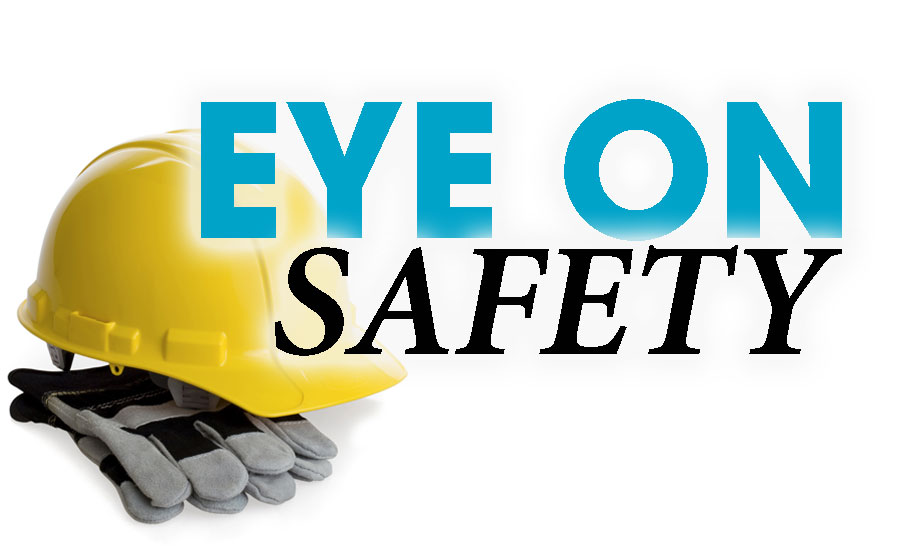Delivery drivers, machine operators, field workers and warehouse personnel regularly perform safety-sensitive tasks as part of their normal work day. It’s what they do.
And while performing those safety-related activities under the influence of drugs or alcohol may seem unthinkable for most of us, it surely happens; every day in thousands of workplaces across the country.
For the supervisors of these workers, being trained in reasonable suspicion is a critical element in preventing impaired employees from endangering themselves and the people they interact with. It can be a difficult challenge to uncover substance abuse in the workplace, but having the process to do so is imperative. What’s required is a systematic approach to preparation, investigation and response.
It’s a valuable first line of defense that might just save someone’s life.
Reasonable suspicion training can apply to any person designated to oversee personnel performing safety-sensitive tasks. Supervisors, foremen, managers and quality-control staff are a sampling of the people this training targets because of their position-specific responsibility for day-to-day observation of employees. The role of employee oversight is vital to effective reasonable suspicion practices.
The reasonable suspicion process has five components — observation, confirmation, documentation, confrontation and testing. They may not occur in order but it is important all five be accounted for.
Observation is witnessing, firsthand, behavior that is unusual, erratic, unpredictable or otherwise uncharacteristic. This step usually results in an employee informing a supervisor of something that he or she directly observed from a coworker (See Toolbox Talk below).
Confirmation is the process of verifying the observation. Upon notification, the person trained in reasonable suspicion will make his/her own observations that validate or refute the initial report.
Documentation should be done by the person that has been trained in reasonable suspicion, and more specifically, by the person that participated in the confirmation process. By confirming the reported behavior, signs and symptoms observed can clearly be articulated in written form to memorialize that stage of the process. Proper documentation is critical, especially in cases that ultimately result in legal proceedings.
A written record must be prepared and signed within 24 hours of the observation. Any conversations that have taken place between the observer and relevant parties should be documented as well. Only signs and symptoms that have been observed can be noted. This is not an environment for hyperbole, supposition, intuition or unsubstantiated hearsay. Best practices for documentation are provided in the Toolbox Talk.
Confrontation must take place in a private setting. This is the phase in which the person trained in reasonable suspicion outlines what was observed and why alcohol/drug testing is required. The worker must be informed that he or she has been removed from all safety-sensitive functions until which time testing results allow for a return to normal work duty. Not all employees take this news graciously. Unpredictable responses are common. Proper training will include techniques that can prepare you for most situations that could arise. Follow-up documentation of the proceedings in this phase is a must.
Testing is a time-sensitive step. Only the supervisor trained in reasonable suspicion that has conducted the observation should order a test. Initiating a reasonable suspicion test based on third-party observations is prohibited. If the test is conducted away from the premises, the person being tested should not drive. Transportation to the testing site should be done by a person of the same gender. The supervisor making the determination that reasonable suspicion exists may not conduct the test.
The above sheds light on the importance of reasonable suspicion training but isn’t a substitute for it. Continuing education on this topic must meet regulatory standards to which your organization is subject (e.g., FMCSRs for commercial delivery drivers). There are recordkeeping requirements and nuances to the testing and documentation phases that proper training will clarify.
If you oversee workers that perform safety-sensitive tasks, participation in a reasonable suspicion course should be considered required learning.
ASA Safety: Toolbox Talk
Reasonable Suspicion
Signs and symptoms indicative of an employee under the influence of drugs and/or alcohol: Lack of eye contact; Lethargy; Confusion; Attention deficit; Slurred/vulgar speech; Exaggerated facial expressions; Twitching; Bloodshot eyes; Lack of balance; Repeating tasks unnecessarily/poor overall performance; Sweating; Trembling; Odd body or breath odor; Lying; Theft; Uncontrolled laughter; Nausea and vomiting; Clenched jaw and grinding teeth; Disheveled appearance/poor grooming hygiene; Defensiveness; Accident/injury; Repeated requests for time off; Absenteeism/tardiness.
Best practices: What to document in reasonable suspicion situations
- Complaints from coworkers, customers, vendors and other third-party associates.
- Physical, emotional and behavioral observations of the employee under reasonable suspicion.
- Reasons for removal from safety-sensitive duties.
- Any evidence relevant to the process (physical items, video, audio, etc.).
- Discussions with the employee (pre-test and post-test discussions).
- Identification of transportation protocol (to the testing site).
- Contact information for the testing site.
- Date/time stamping (establishing a chronology of events).
- Test results /Refusal to test.
- Responses to test results (positive results or negative results).




